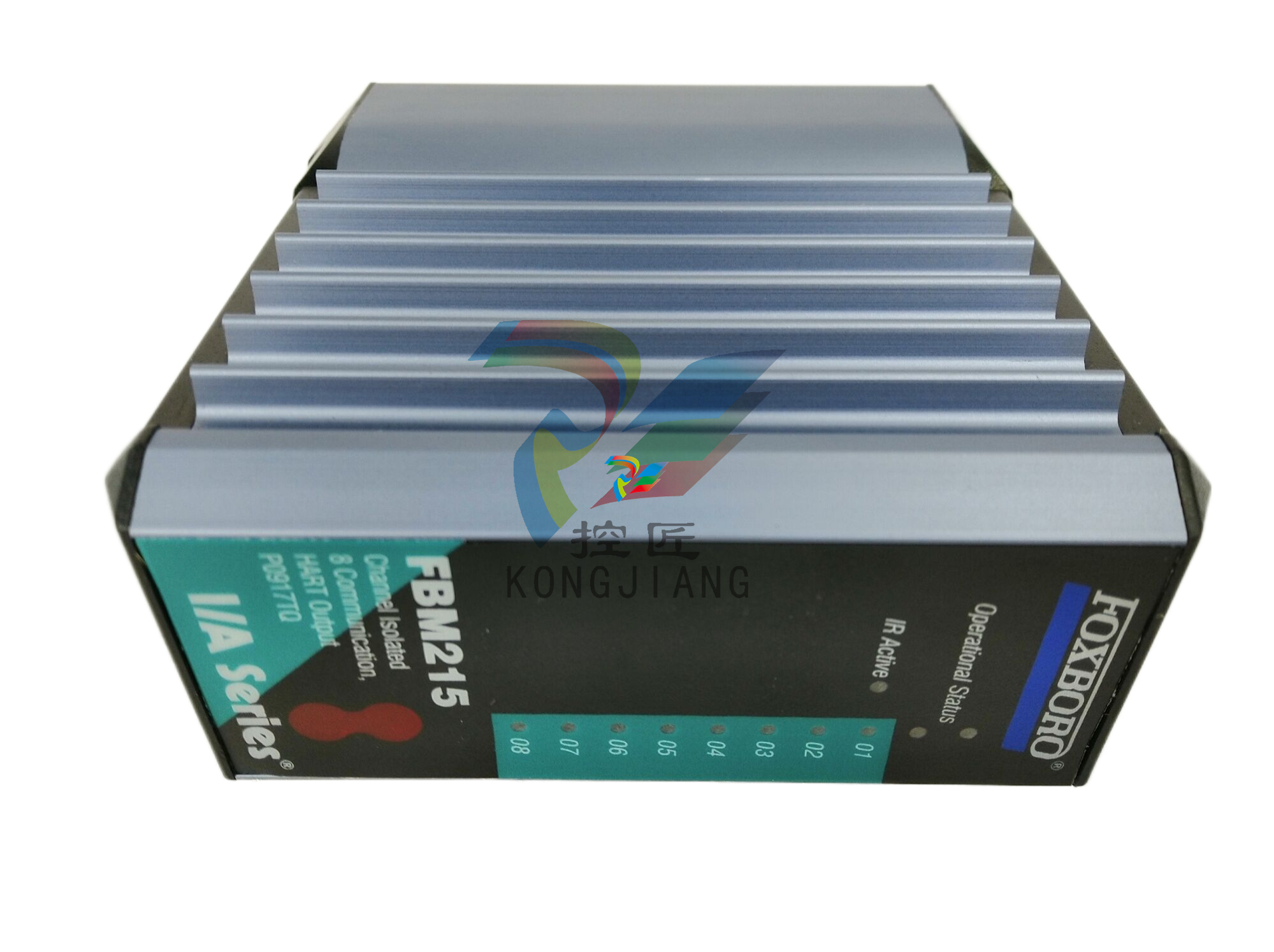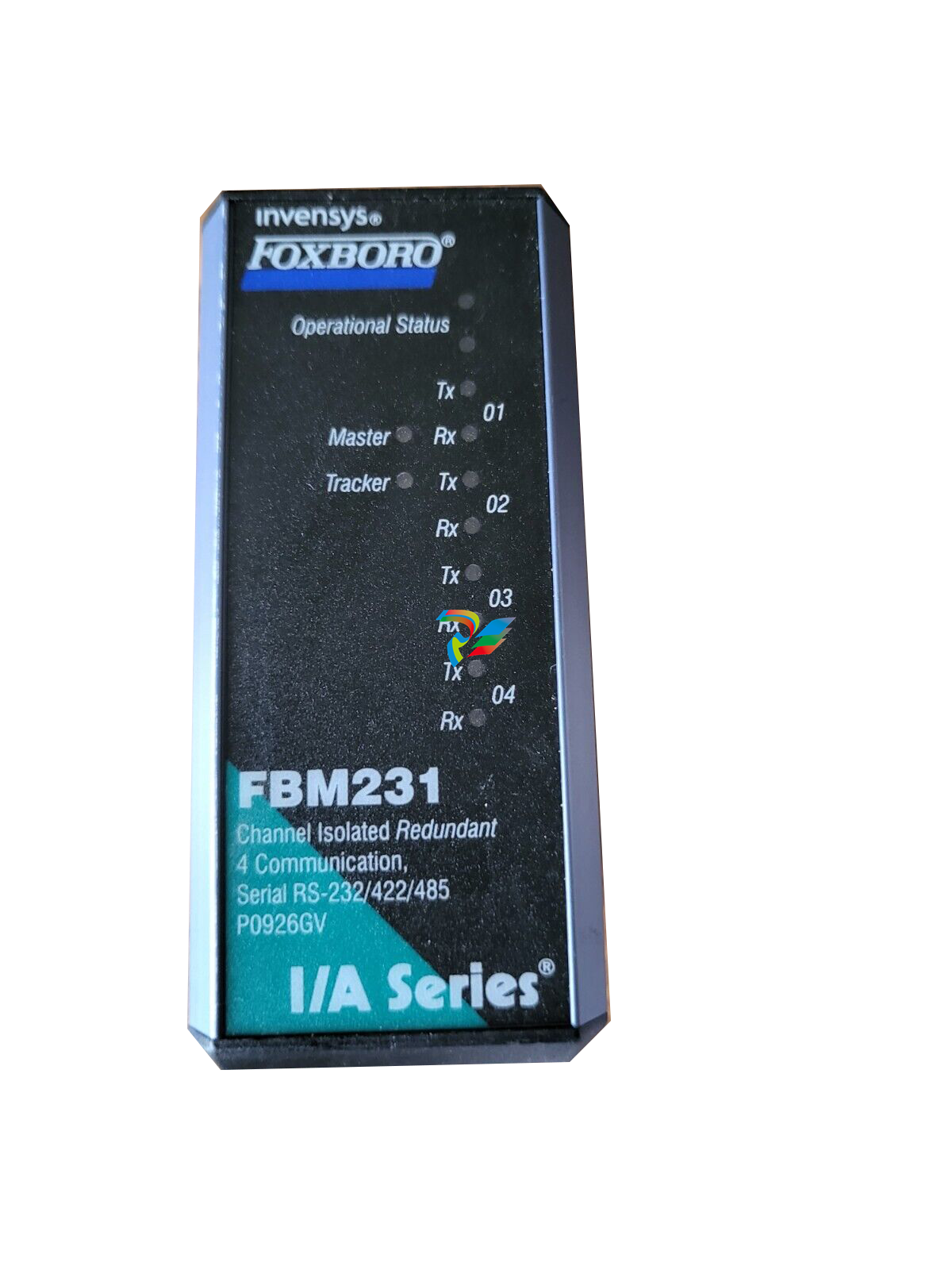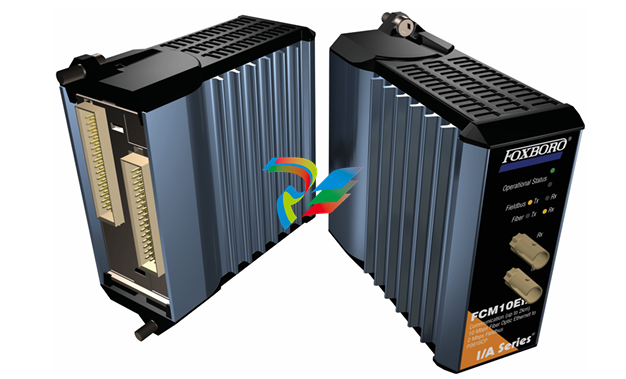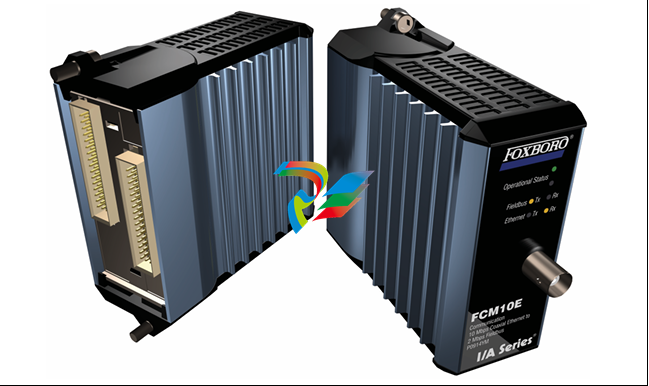
ABB ACV 700 Frequency Converters
The drive has a multidrive configuration. It consists of a supply section including connection devices (main fuses and main contactor or circuit breaker), rectifier devices (a diode or thyristor bridge), capacitors for smoothing of the DC voltage, optional devices, if specified, and a number of drive sections. The power range for the supply sections is 40 - 2500 kVA and the power range for the drive sections is 9 - 2500 kVA. Depending on the required power and voltage, the drive sections are based on either an IGBT or GTO thyristor power stage. The control system is implemented by using the Common Drive Control, CDC, and the Digital Drive Control, DDC. The basic part of the CDC is the Application Controller, the APC. The APC is designed to give a flexible, compact and efficient system for controlling AC or DC drives. The APC is programmable by using function blocks.
 The DDC performs the inverter control functions. Programming can be done using two alternative tools, the Function Chart Editor, FCE or the AdvaBuild for Windows, the Drives version. Various drive configurations are possible using one or multiple APCs and their communication capabilities. In small systems one APC is connected to up to four Digital Drive Controllers (DDC). The drive configuration can be used in master/ follower applications when the master drive is of moderate complexity and the followers fairly simple. A consequence of multiplexing is that the performance of the drive controller interface decreases. In distributed multicontroller systems, several APCs are intercon nected by Advant Fieldbus 100 (AF100). Common control functions can be distributed to separate nodes. No overriding automation sys tem is used in this configuration, but one or several application con trollers can communicate with external systems over communication boards. A personal computer (PC) can be connected through one of the APCs and can be used for tool functions. The concept of the control system is called Common Drive Control, CDC. The standard control functions of the drive section, such as speed and torque control, are located in the Digital Drive Controller, DDC. The application dependent control functions are located in the Application Controller, APC. Typical APC functions are section start and stop logic, internal and external interlocking, speed reference chain, load share control, drive-specific settings, logger functions, and system communication. Function blocks can be combined to macro blocks, which can perform application specific tasks such as crane control, lever control, remote panel control, etc. Each APC can control up to four DDCs. The APC is usually located in the drive section. The APC communicates with other APCs and with the centralised operator control devices via the AF100 communication bus. The APC and the DDC communicate via an optic fibre link. If the solution includes more than one DDC, an optic distributor board is needed.
The DDC performs the inverter control functions. Programming can be done using two alternative tools, the Function Chart Editor, FCE or the AdvaBuild for Windows, the Drives version. Various drive configurations are possible using one or multiple APCs and their communication capabilities. In small systems one APC is connected to up to four Digital Drive Controllers (DDC). The drive configuration can be used in master/ follower applications when the master drive is of moderate complexity and the followers fairly simple. A consequence of multiplexing is that the performance of the drive controller interface decreases. In distributed multicontroller systems, several APCs are intercon nected by Advant Fieldbus 100 (AF100). Common control functions can be distributed to separate nodes. No overriding automation sys tem is used in this configuration, but one or several application con trollers can communicate with external systems over communication boards. A personal computer (PC) can be connected through one of the APCs and can be used for tool functions. The concept of the control system is called Common Drive Control, CDC. The standard control functions of the drive section, such as speed and torque control, are located in the Digital Drive Controller, DDC. The application dependent control functions are located in the Application Controller, APC. Typical APC functions are section start and stop logic, internal and external interlocking, speed reference chain, load share control, drive-specific settings, logger functions, and system communication. Function blocks can be combined to macro blocks, which can perform application specific tasks such as crane control, lever control, remote panel control, etc. Each APC can control up to four DDCs. The APC is usually located in the drive section. The APC communicates with other APCs and with the centralised operator control devices via the AF100 communication bus. The APC and the DDC communicate via an optic fibre link. If the solution includes more than one DDC, an optic distributor board is needed.













































.jpg)
.jpg)
.jpg)





.jpg)



.png)
.jpg)

.jpg)
_lVjBYb.jpg)

.jpg)
.jpg)



.jpg)
.jpg)







.jpg)

.jpg)
.jpg)






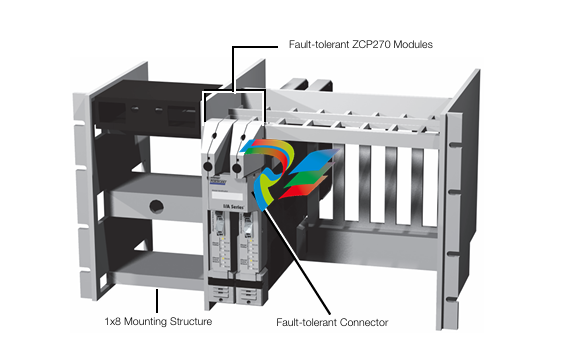

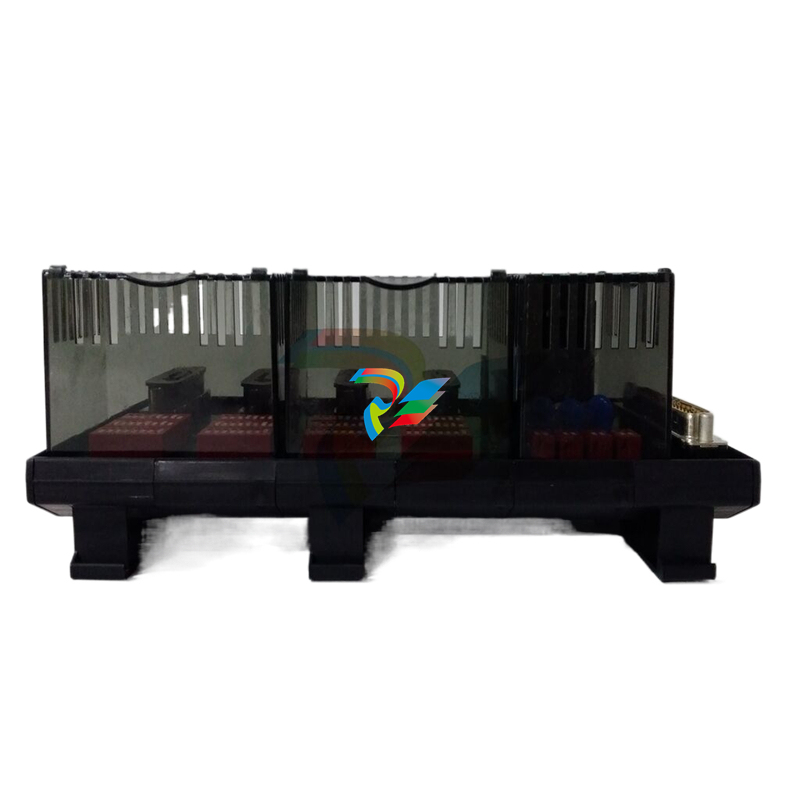
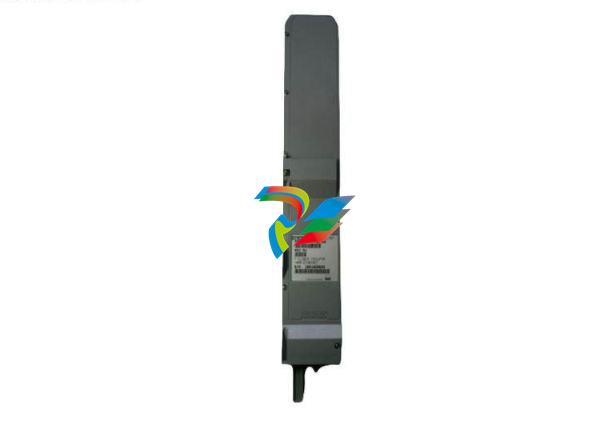
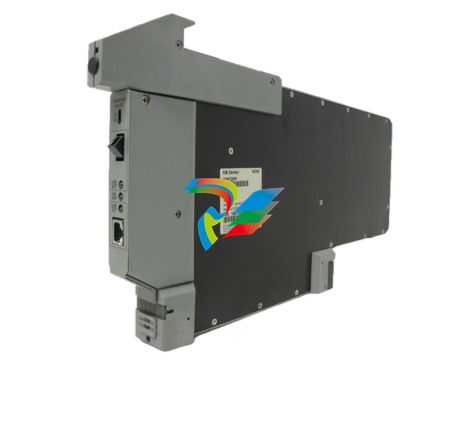
.jpg)
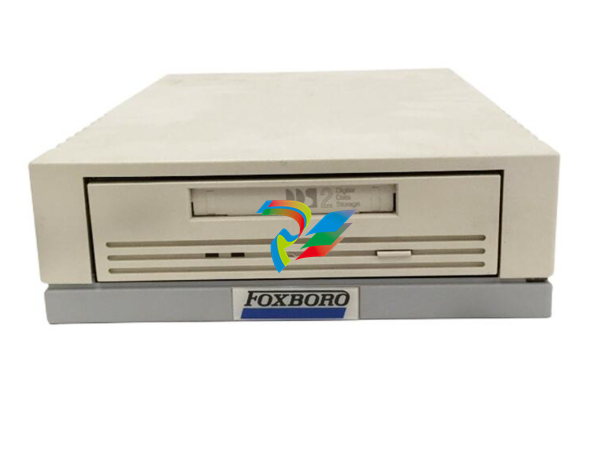

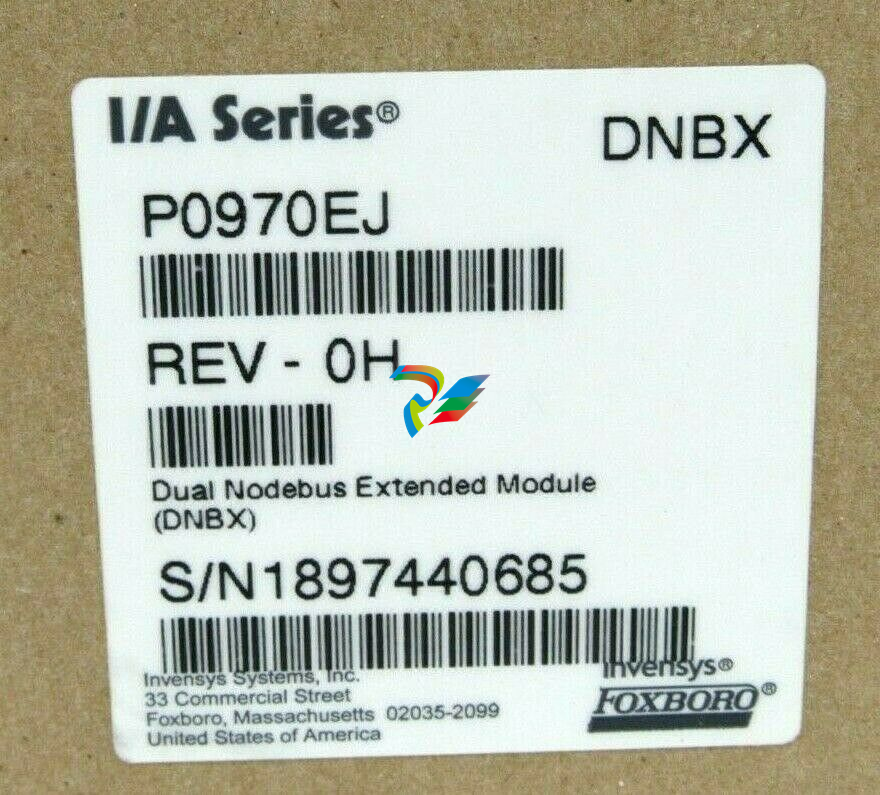

.jpg)
.jpg)
.jpg)
.jpg)
.jpg)
.jpg)
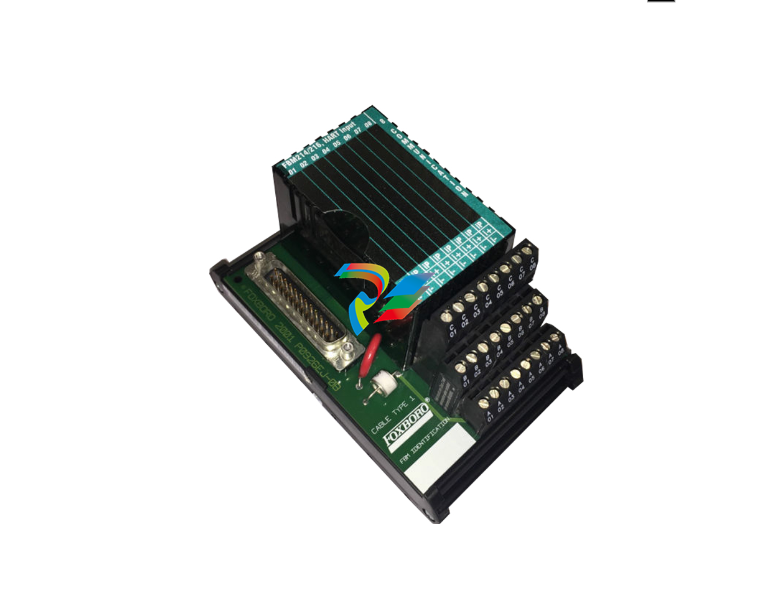
.jpg)
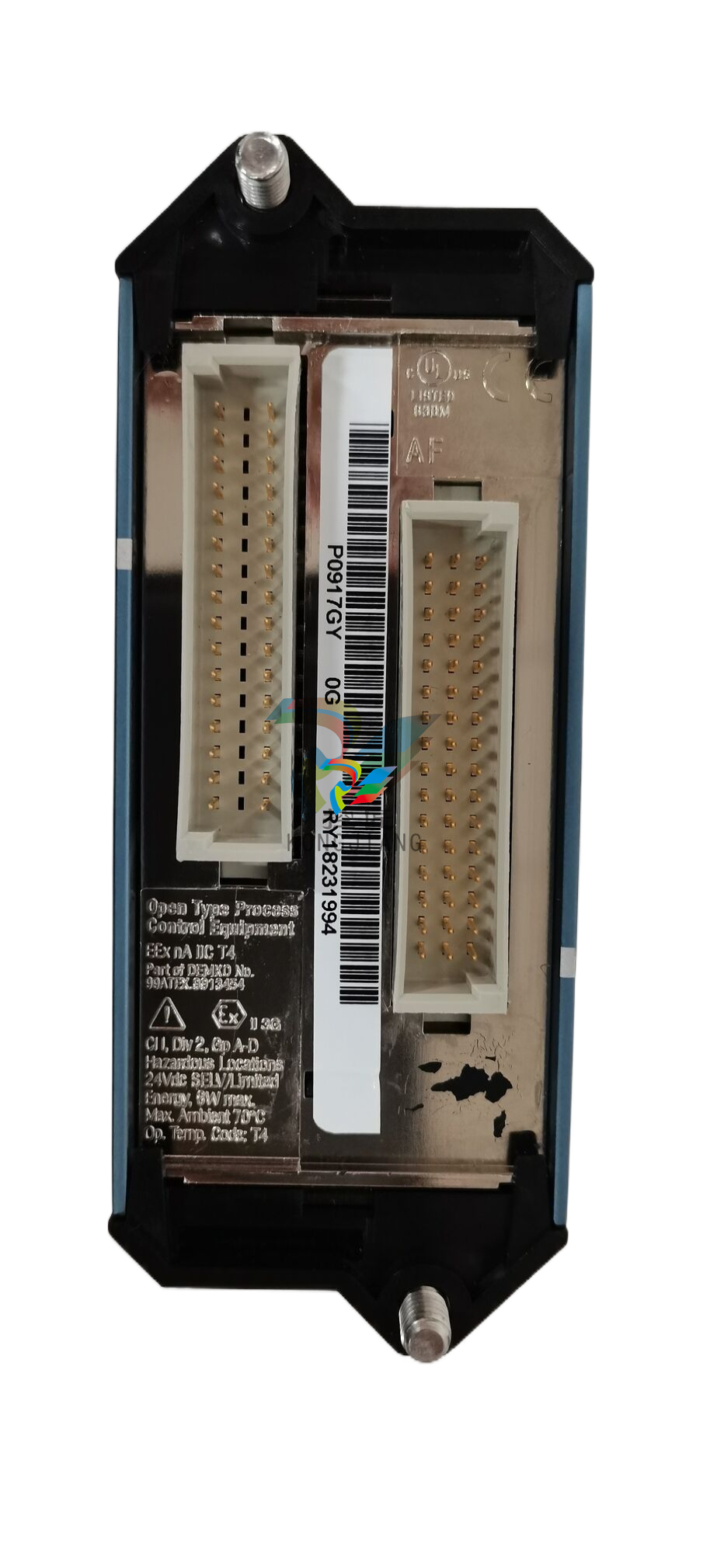
.jpg)
.jpg)
.jpg)
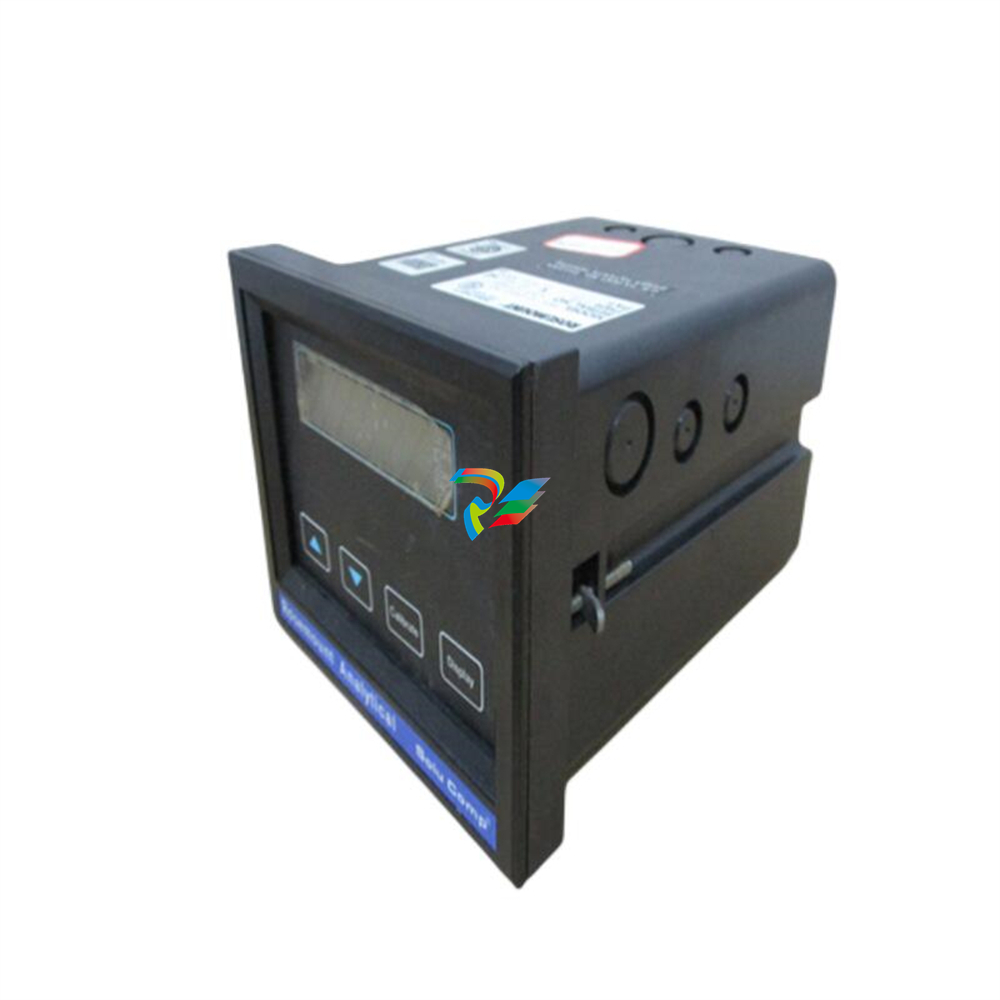
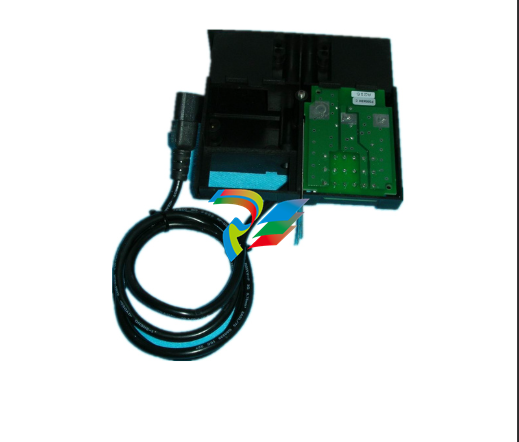
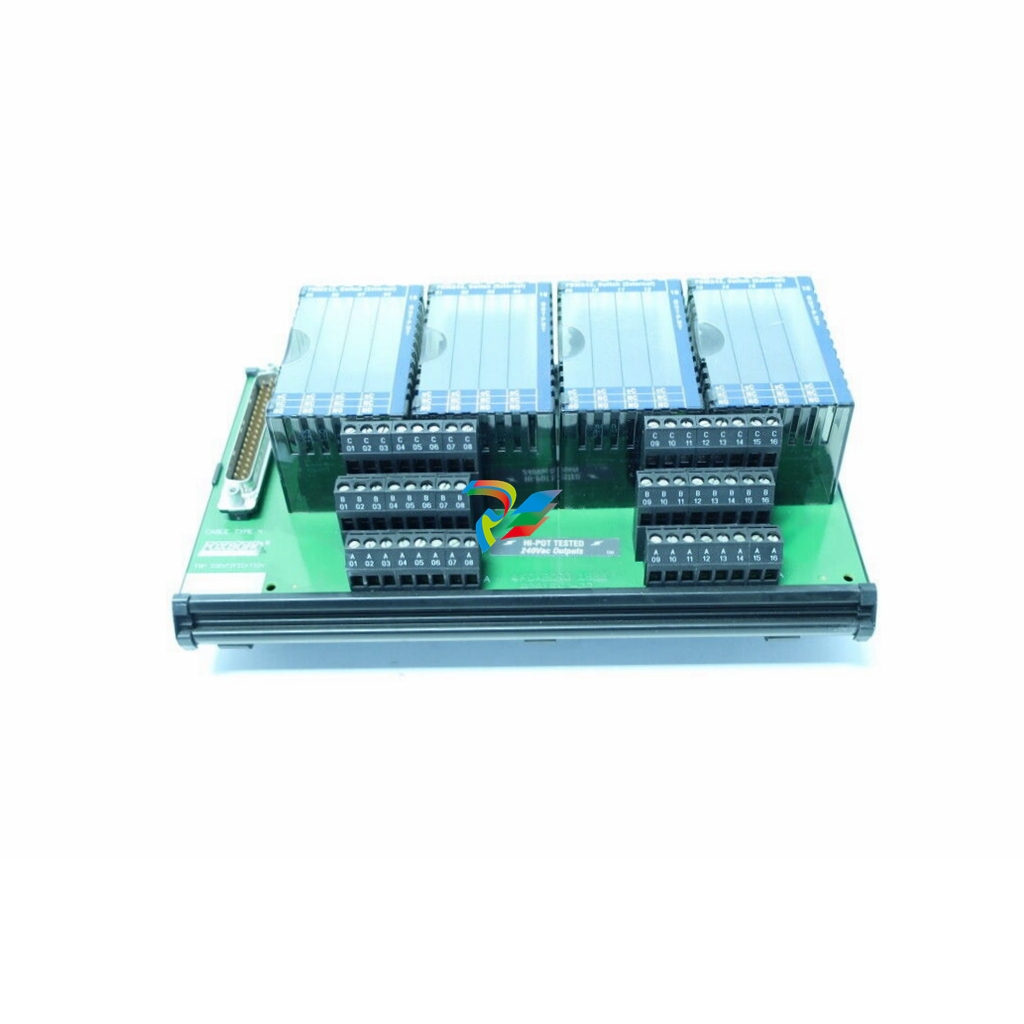
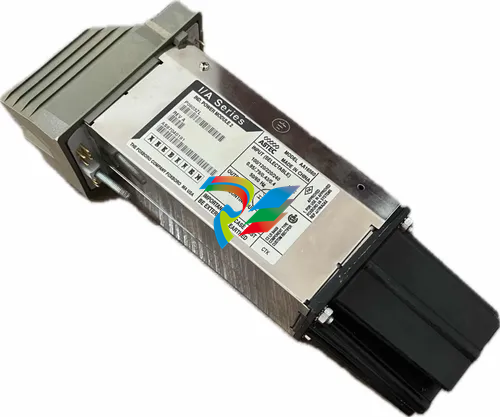
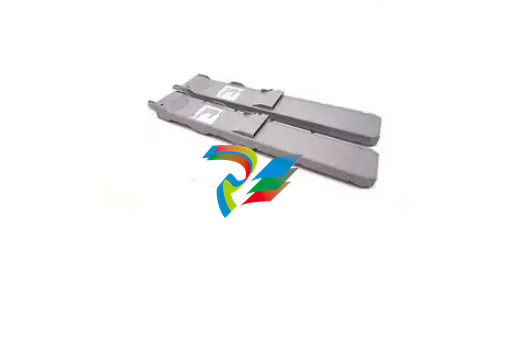
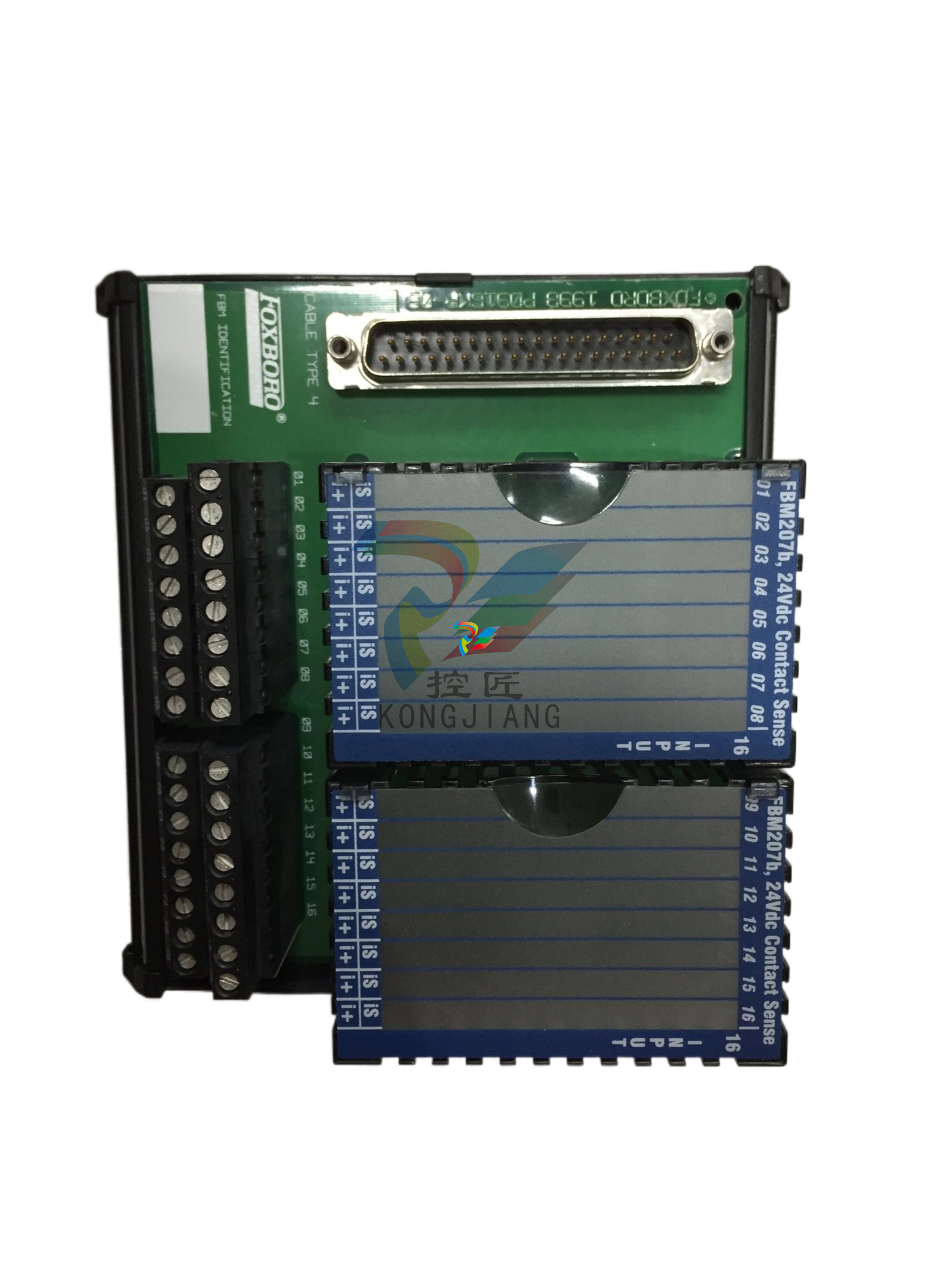
.jpg)

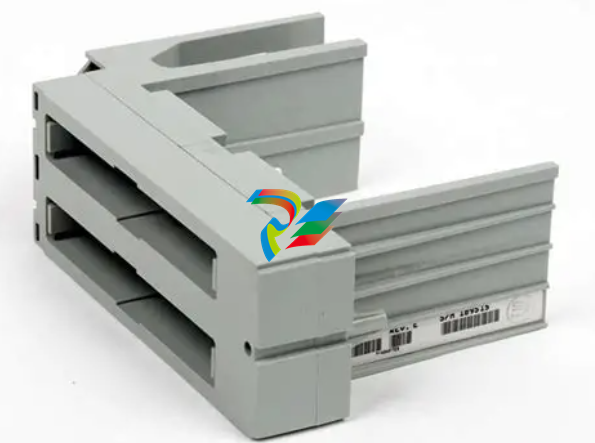
.jpg)
